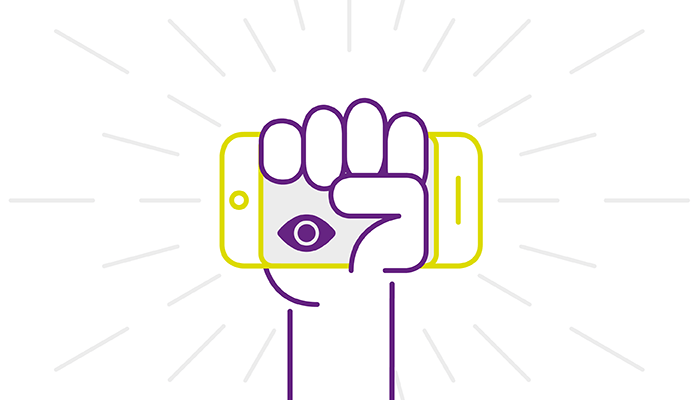
Fundus photography is an essential diagnostic tool, vital for monitoring the posterior segment. Yet, it is often deeply inaccessible in places where it could be most useful – emergency rooms or rural and underserved areas where ophthalmic examinations are needed, but can be expensive or difficult to obtain. Ophthalmic imaging equipment can be costly and take up much-needed space – so the growing demand means that new solutions have to be found. The newest generation of smartphones, with their exceptional cameras, could provide an answer.
Previous research has shown that smartphone based fundoscopy can be effective in diagnosing diseases such as diabetic retinopathy (1), but a new study suggests that phone-based fundus photography can be a great way to reduce the burden on first-point-of-contact healthcare providers and get high-quality images to eye care specialists more efficiently (2).
Images were obtained from 10 eyes with various posterior pathologies and given to 35 reviewers (21 residents and 14 attending physicians) for diagnosis and subsequent comparison with traditional fundus imaging. Posterior segment diseases investigated ranged from retinal detachment to optic nerve avulsion. The results showed that the probability of a correct diagnosis was over 78 percent and there was no difference in accuracy between residents and attending doctors – aside from one case in which residents actually outperformed the more experienced clinicians!
The range of pathologies presented showed that mobile imaging can even be applied in areas such as neuro-ophthalmology and uveitis – particularly important given that delays in diagnosis can lead to serious or even life-threatening illness. Given widespread familiarity with smartphone cameras, integrating their use into healthcare could cut staff training times, too. All of this would allow more doctors to take more images more efficiently. Although more research is needed to evaluate the strategy’s long-term performance, the widespread availability of smartphones means they could offer an effective solution to currently underserved ophthalmic imaging needs.
References
- CH Tan et al., “Use of smartphones to detect diabetic retinopathy: scoping review and meta-analysis of diagnostic test accuracy studies,” J Med Internet Res, 22, e16658 (2020). PMID: 32347810.
- A Omari et al., “Accuracy of remote diagnosis of acute posterior segment pathology by residents and attendings captured with a smartphone and standard 20/28D lens,” Clin Ophthalmol, 16, 2751 (2022). PMID: 36035242.
